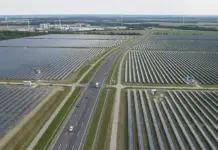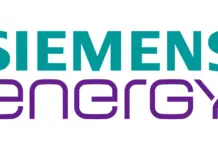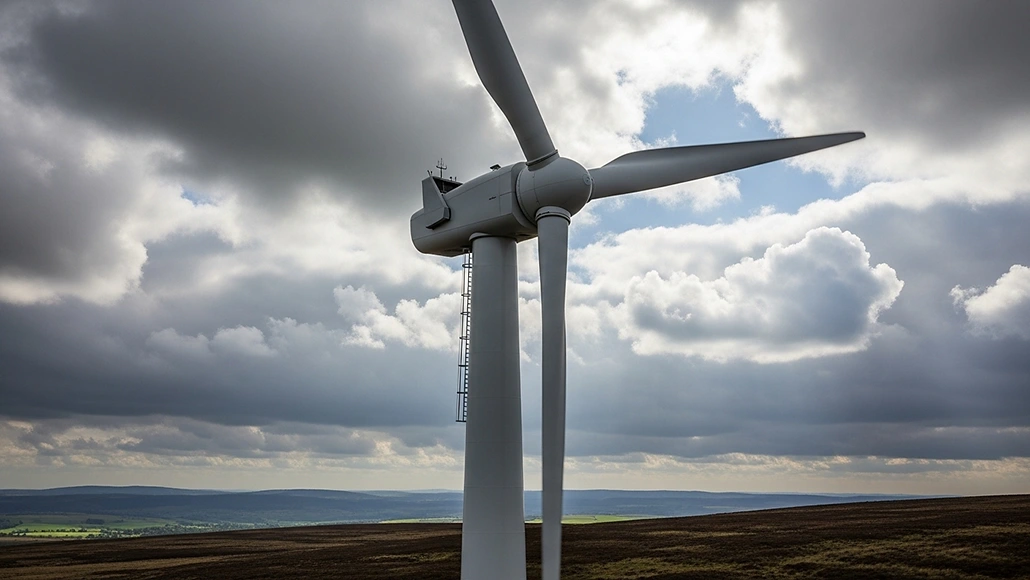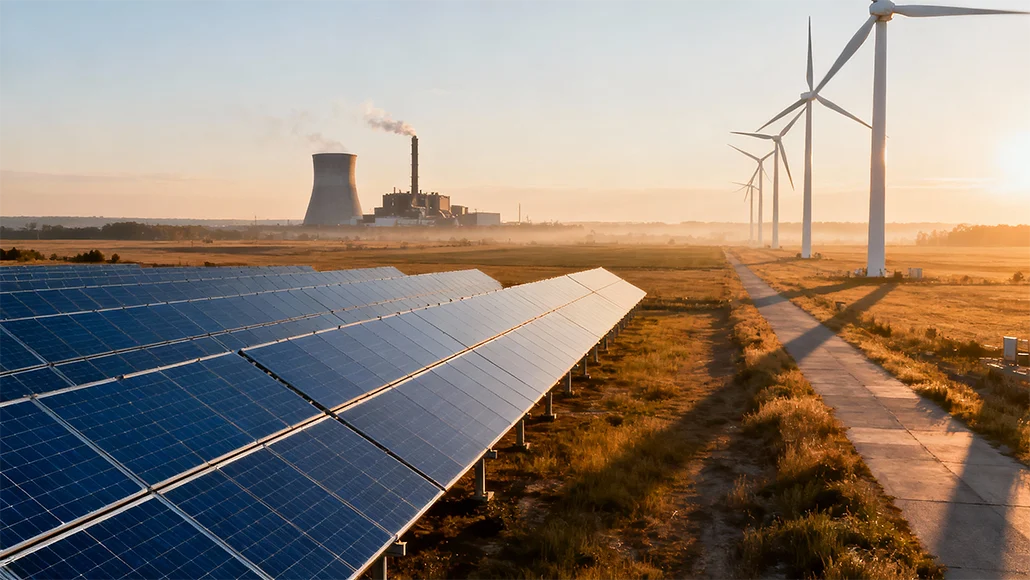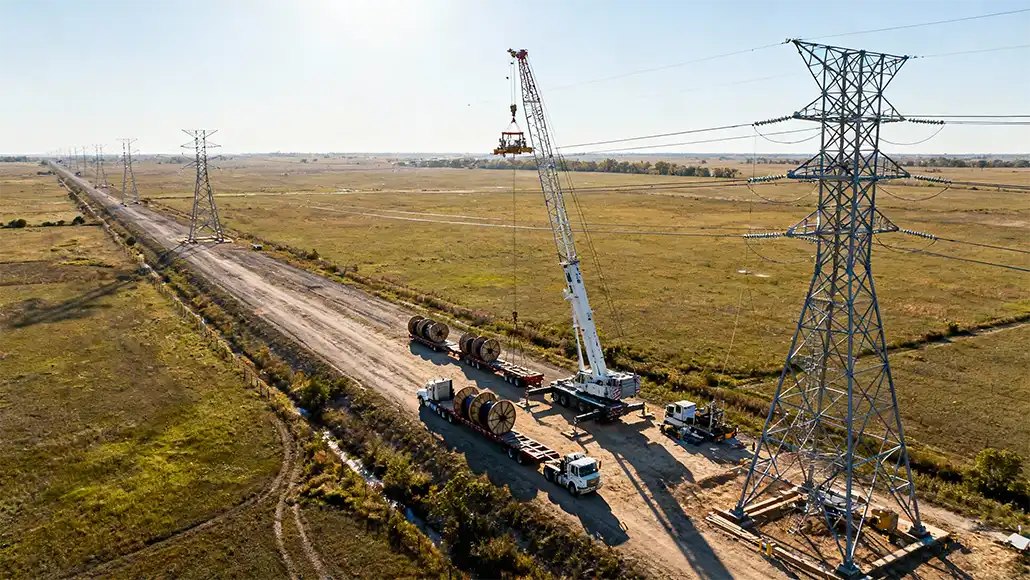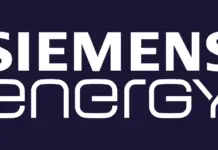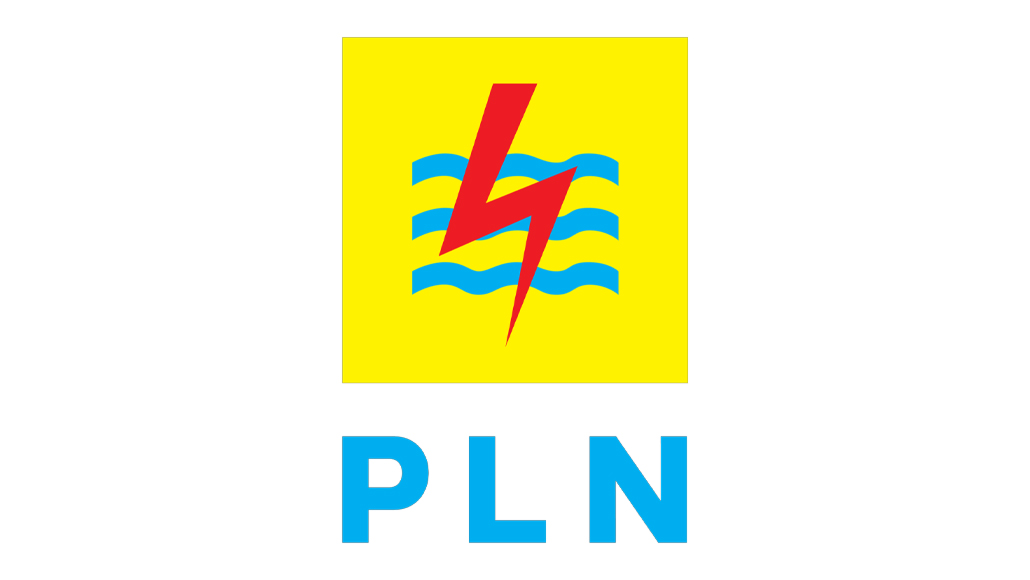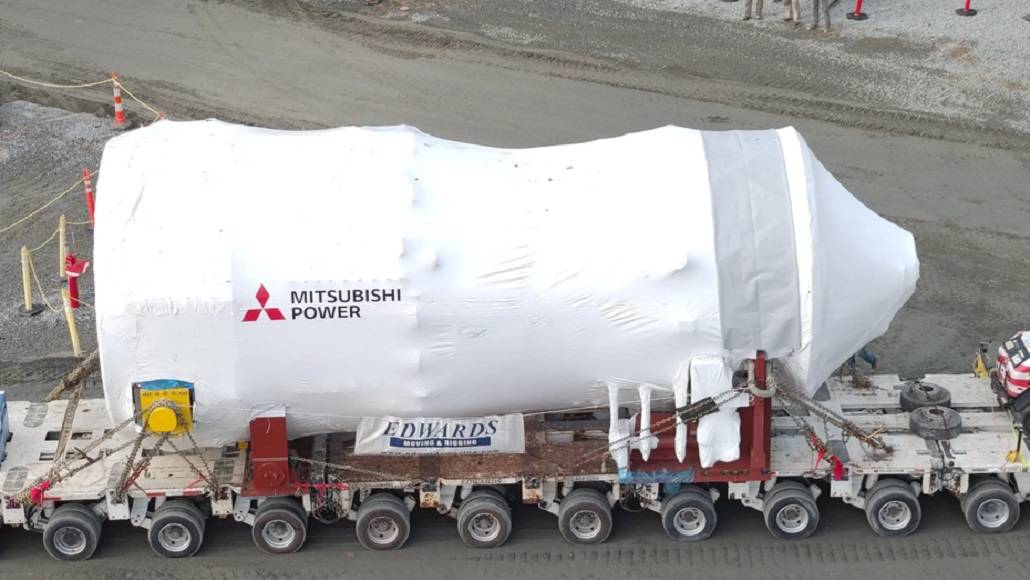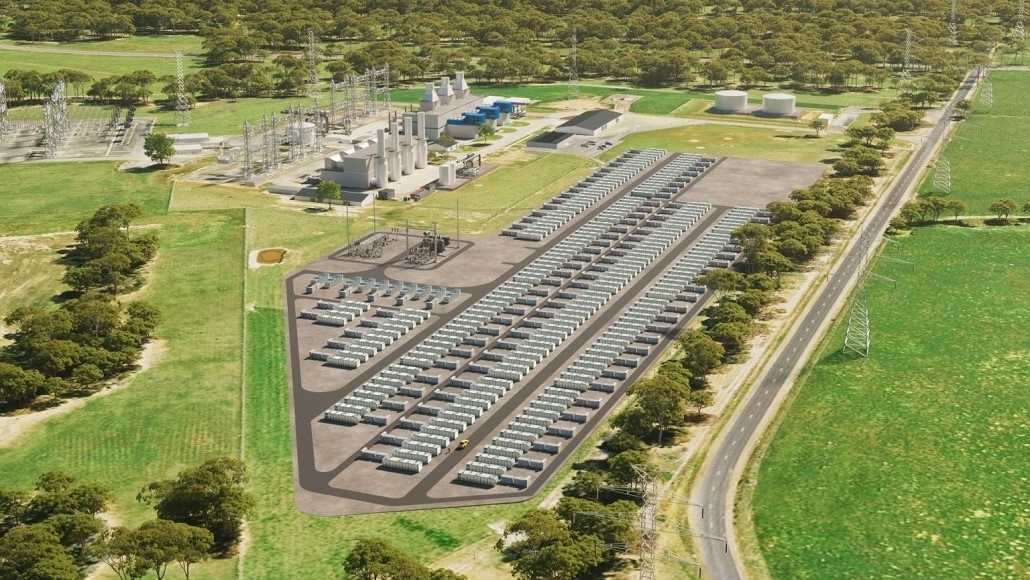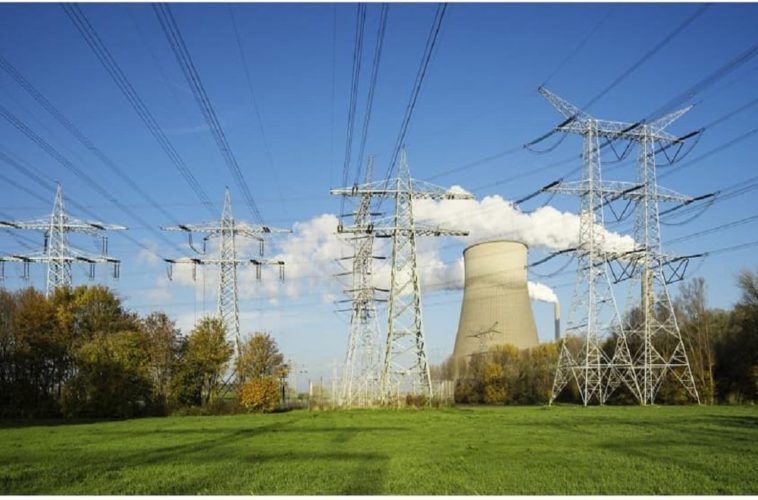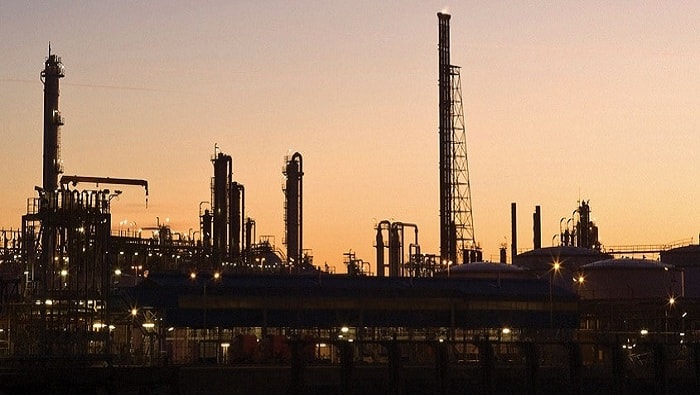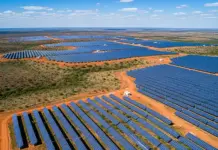In a world that is increasingly energy conscious, the demand when it comes to dependable, efficient, as well as sustainable power sources has never been greater.
When it comes to the heavy manufacturers whose operations often need substantial energy inputs, the challenges happen to lie in terms of securing a consistent power supply, which can adapt to demands that are fluctuating. One innovative solution to this kind of challenge happens to be the combination of run-of-river hydroelectric systems with pumped storage facilities. By way of engaging in hydro + pump storage deals, manufacturers can go ahead and access dispatchable power, which is balanced and not just supports their functional requirements but, at the same time, also gets aligned with the worldwide sustainability objectives.
What does one mean by run-of-river hydro and pump storage systems?
In order to appreciate the synergy between run-of-river hydro as well as pumped storage systems, it is necessary to understand how each one of them functions. Apparently, run-of-river hydroelectric plants make use of the natural flow of rivers in order to generate electricity. Unlike the traditional hydroelectric dams, which store large volumes of water, run-of-river facilities go on to harness the currents of rivers directly, leading to lower environmental effects and also decreasing displacement when it comes to land as well as ecosystems.
On the other hand, pumped storage hydroelectricity happens to be a method in which energy is stored by moving water between the two reservoirs that are located at different elevations. Apparently, during the periods of low electricity demand, energy that is in excess is used from the grid in order to pump water from the lower reservoir to the upper reservoir. When the demand peaks, the stored water then gets released back by way of turbines in order to generate electricity, thereby offering a much-required power supply during the higher demand periods.
Through integrating these two technologies, manufacturers can benefit immensely from a dependable as well as adaptable power source. The run-of-river components make sure that a constant flow of electricity gets maintained, while at the same time, the pump storage system offers the capacity to dispatch more power as required, thereby effectively balancing the supply as well as demand.
The benefits when it comes to hydro + pumped storage deals for manufacturers
It is well to be noted that heavy manufacturers need a stable as well as predictable energy supply in order to optimize their production processes. One of the major advantages of hydro + pumped storage deals happens to be the capacity to offer dispatchable power, which can indeed be very critical when it comes to operations that require high energy across specific periods. This kind of combination enables the manufacturers to lessen their disruptions, which are caused due to energy supply fluctuations, and also make sure that the production schedules happen to remain intact.
Besides this, these agreements help the manufacturers to manage their energy costs in a very effective way. Due to the rising volatility of energy markets, locking in rates in advance by way of long-term hydro + pumped storage contracts can offer financial balance. Manufacturers can safeguard their predictable energy prices by insulating themselves from the immediate spikes when it comes to electricity costs that could as well impact their bottom line.
Moreover, the environmental advantages of utilizing renewable resources cannot be overstated. As the global markets increasingly focus when it comes to sustainability, manufacturers can engage in hydro + pump storage deals and also better position themselves in order to meet the regulatory needs along with corporate sustainability goals. Making use of renewable energy not only decreases the carbon footprint but at the same time, it also elevates corporate reputation along with competitiveness throughout a marketplace that is ever-evolving.
Case studies as well as real-world applications
There are many manufacturing clients that have successfully executed hydro+pump storage arrangements in order to enhance their power supply. For example, major players within the aluminum and steel sectors, which are known for their significant energy consumption, have already explored collaborations with hydroelectric developers in order to safeguard dependable energy sources. By way of making use of run-of-river hydro In conjunction with pumped storage capacities, these manufacturers can go ahead and maintain consistent operations and also effectively manage the energy expenditures.
In one of the prominent examples, a leading manufacturer of aluminum in North America went on to enter into a hydro + pump storage agreement in order to support its energy-intensive functions. The collaboration helped the manufacturer to draw energy from the nearby run-of-river hydro plant during its standard operating hours. While at the same time, it utilized pumped storage capabilities to meet the peak demand. This kind of arrangement resulted in electricity costs, which were very low, and also improved the operational efficiency.
In a similar way, there are efforts that are put in across various sectors, which include mining as well as chemical production, in which companies are increasingly recognizing the value of renewable energy contracts. By way of engaging in hydro + pumped storage deals, these organizations not only make sure of a dependable power supply, but they also contribute towards wider sustainability initiatives that are aimed at decreasing greenhouse gas emissions.
The future when it comes to hydro + pumped storage deals
When we look into the future, the combination in terms of run-of-river hydro and pump storage systems is anticipated to play a very major role in the energy spectrum. As the global energy demands rise and the shift towards renewable energy sources speeds up, manufacturers are most likely to look out for innovative power solutions that can offer affordability, dependability, and also sustainability.
The ongoing development when it comes to new technologies is further going to enhance the feasibility as well as efficiency of hydro + pump storage projects. Advances within turbine design, along with energy storage capabilities and grid integration, are going to create more opportunities for manufacturers so that they can go ahead and engage in these agreements.
As the regulatory environment is going to evolve in order to support energy investments, hydro + pumped storage deals are going to become a more attractive choice for heavy manufacturers.
Furthermore, the worldwide stress on decarbonization is also driving the investment within renewable energy infrastructure by creating a favorable atmosphere for hydro + pump storage projects. As businesses look to align with environmental standards as well as consumer preferences in terms of sustainable practices, the demand for dependable renewable energy sources is only continuing to rise.
In the end
It is worth noting that hydro + pump storage deals go on to present a very compelling solution when it comes to heavy manufacturers who are looking out for reliable, dispatchable power in an energy landscape, which is very fast-evolving.
By way of combining the advantages of run-of-river hydroelectric systems along with pumped storage capacity, manufacturers can safeguard energy supply that is balanced and also meets the functional requirements while at the same time contributing towards sustainability objectives.
As the global focus when it comes to renewable energy happens to intensify, these agreements are going to become very essential for manufacturers who are looking to thrive in a market that is ever competitive. The blend of hydro + pumped storage systems not only elevates the energy dependability as well as cost-effectiveness, but it also syncs with businesses having broader environmental benchmarks. By way of embracing these kinds of innovative solutions, manufacturers can make sure of operational resilience while at the same time playing a very major role in terms of advancing the shift to a more sustainable energy future.



